About Us
About Us & The Guesthouse
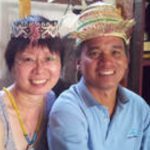

Our Story
James is a Mulurean from an indigenous tribe – the Berawans. His people have lived in Mulu and along the Tutoh river, where their longhouse Long Terawan sits, since the 1800s. The natives used to farm and were self-sufficient. Organic farming, food forest, jungle medicine, rice wine making and botanical ink producing were part of the skills and knowledge were passed down from generations to generations.
Fast forward to the 21st century
James and I live harmoniously in Mulu with nature and its environment. There are endless benefits of living off-grid such as getting back to our roots, a healthier lifestyle, less impact on the planet and etc. But the biggest benefit in sustainable living teaches a new(old) way of living that everyone should know.
Aside from showcasing the beauty of Mulu’s mountains, Mulu caverns, and rainforests, we enjoy spreading knowledge about what nature has to offer and the benefits that everyone can take home with them.
Our History
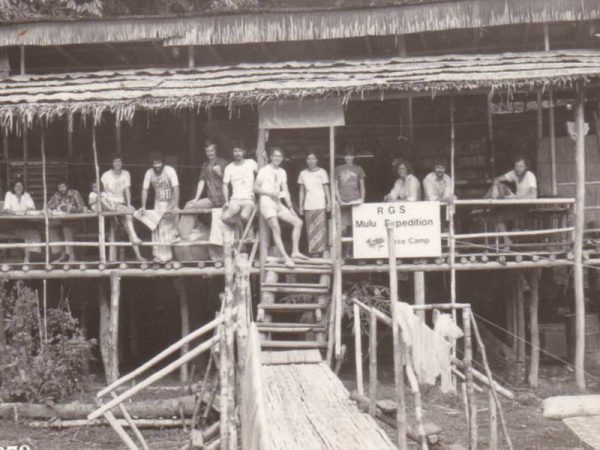
- In 1977/78, the Royal Geographical Society (RGS) sent out its Mulu expedition team which included 115 scientists in total.
- A traditional longhouse was built as a camp specifically for the research project
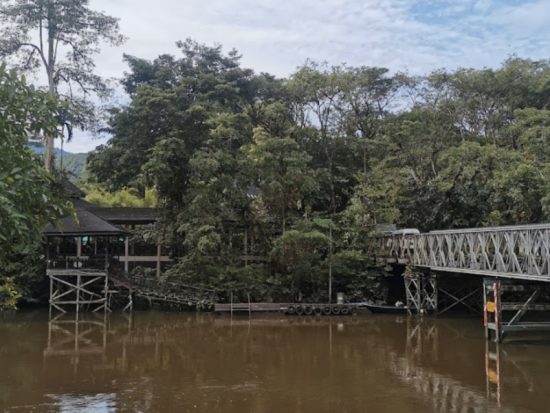

- The longhouse has been around for about 40 years and has seen through heavy rainy seasons.
Mulu National Park opened in 1985.
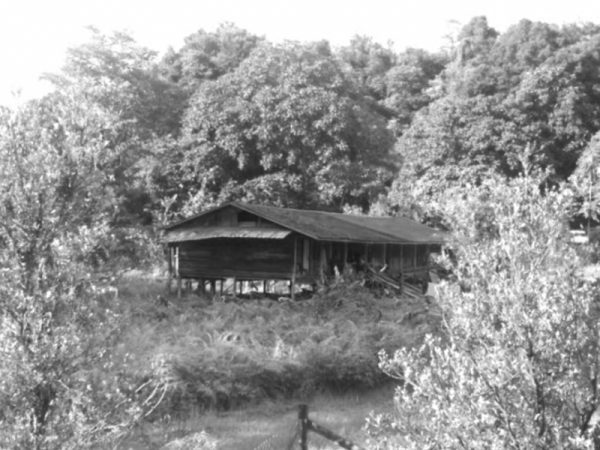

- Mulu National Park first opened its doors in 1985.
- Mulu Village was built on a replica of the RGS base camp in the same historical site to welcome guests from all over the world.
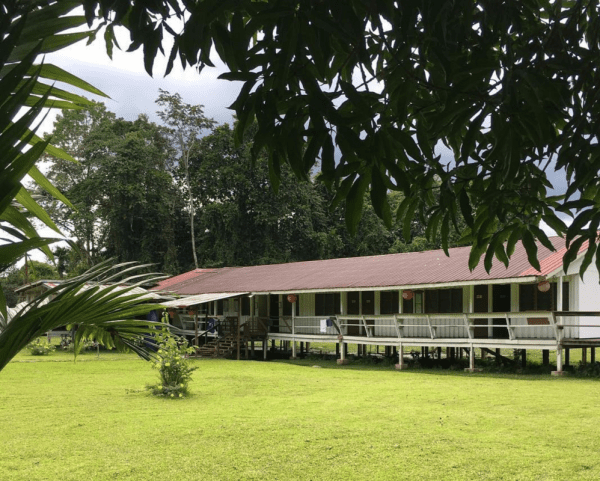

- To present, Mulu Village has currently preserved the camp site in its simple form, clean, and airy, just as it was in the past.
